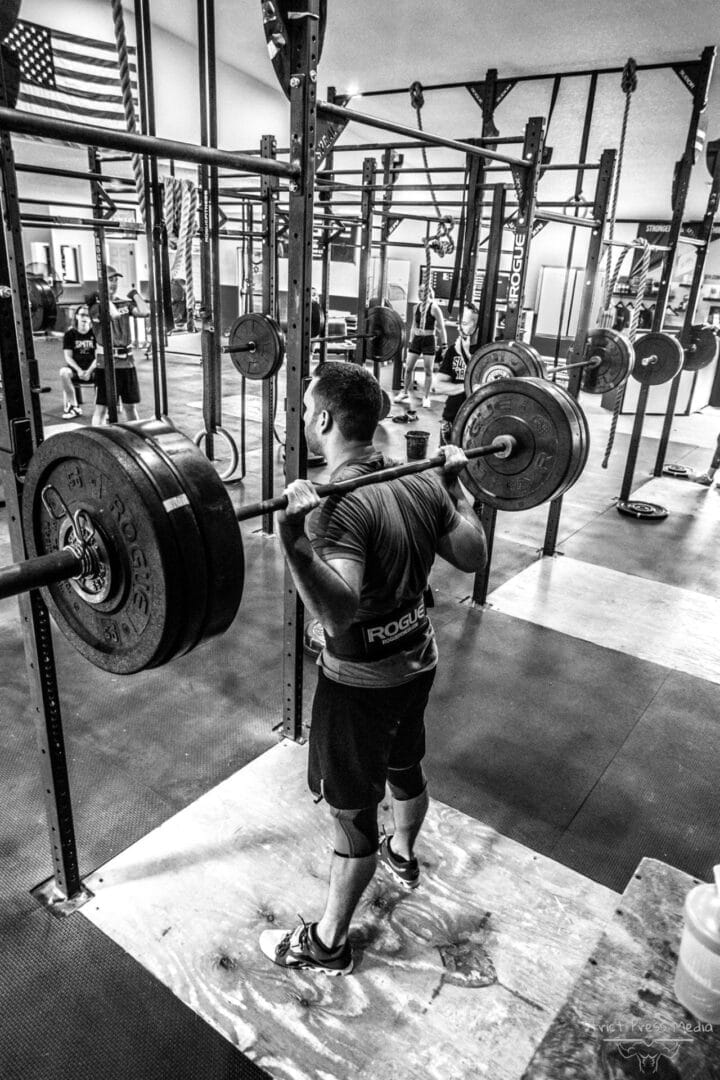Something that I’ve taken the time to break down for clients is the difference between performing sets of work ‘across’ versus performing sets of work in a ‘climbing’ fashion. Before we get into the explanation and application, let me tell you where this comes from:
We’ve all seen something show up in our programming that looks like this:
Back Squat: 3 x 12
or
Barbell Bench Press: 3 x 8
or
Strict Pull-Up: 5 x 4
or more broadly:
[Movement]: [Number of Sets] x [Number of Reps]

For the sake of clarity, let’s use the first example above – Back Squat: 3 x 12
This nomenclature means that, for your working sets, you will do 3 sets of 12 repetitions.
Let’s say that after you’re done with your warm-up, you decide to do your first working set at 100 pounds. Enter the conundrum of sets across vs climbing sets.
Sets across is where you’d use the exact same weight across all sets. So in our example, you’d do each working set at 100 pounds.
In using climbing sets, you’d do something more than 100 pounds in your second set, and something higher than that in your third set.
Neither option is necessarily better than the other, they’re just different strategies to help you get where you want to go.
So which should you use? Well, as in all things – it depends.
Want to work on dialing in technique? Working on a new movement? Trying out a new stance? Getting back into the squat pattern after time off? Did your programming progression for this week come with an extra sets or more reps? Sets across allow for more head space to really feel out the movement in question because you’re not thinking about an ever increasing weight in upcoming sets. There’s nothing quite like struggling to complete one set of 12 reps knowing that you have to go up in subsequent sets!
A lot of people, especially us guys, love to employ climbing sets because you end on a bigger number. The trouble with that is that you can end up not getting the stimulus you intended if the gaps in your successive weight jumps are too much. Continuing with our example above, if you went 100lb, 155lb, 205lb, I would say that you’ve really just done two more warm-up sets. A good rule of thumb for climbing sets is for there to be no more than a 10-15% difference between your first/lightest set and your final/heaviest set.
Remember that training load (weight lifted) is just one parameter that you can use to illicit different responses in your exercise selection.
As always, ask your coach if you’re not sure which option to go with. Just be prepared to answer a few questions from them!


